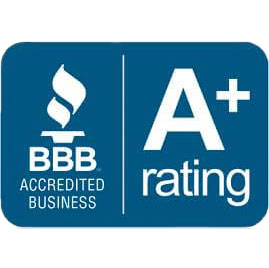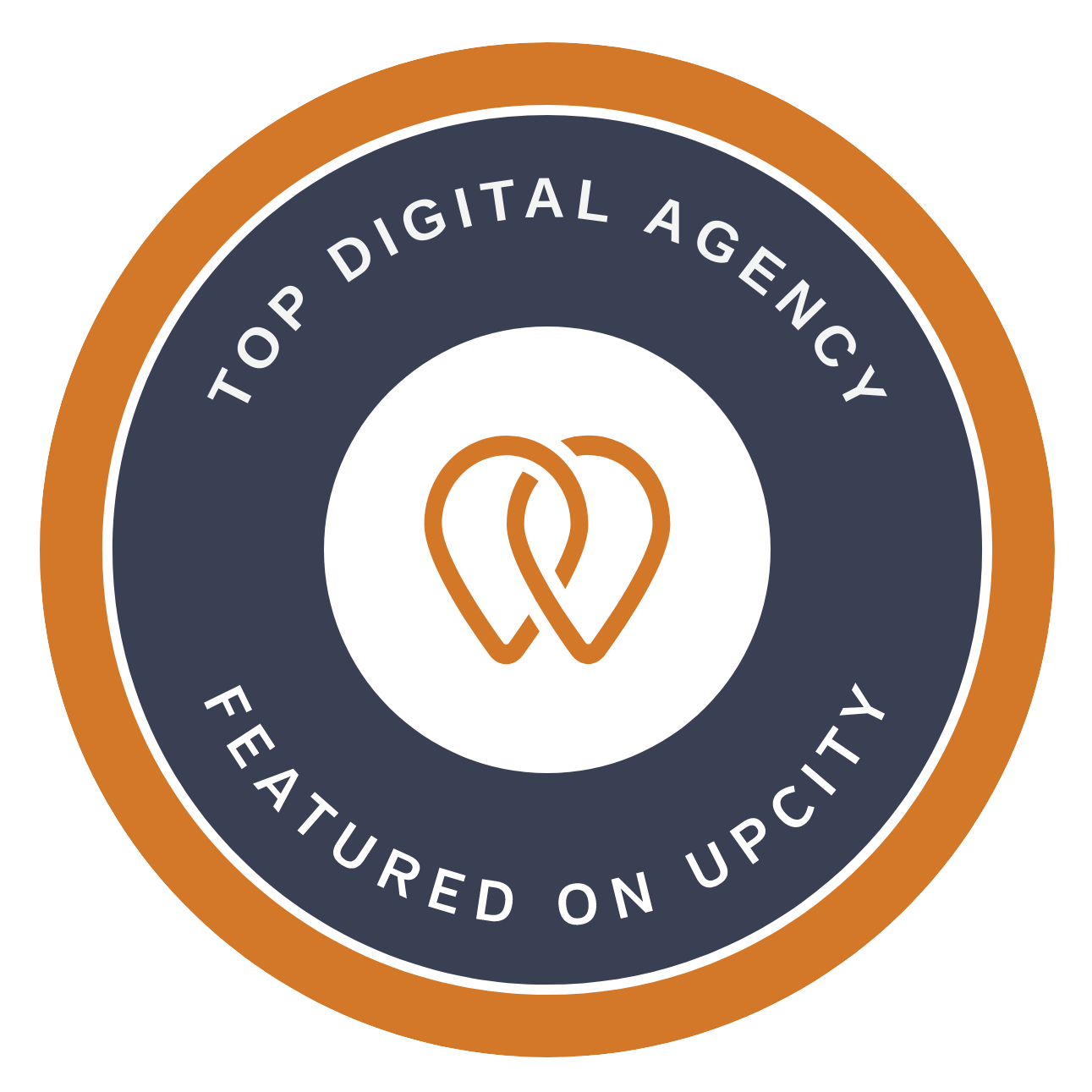Brand Strategy
September 26, 2025 | Liz Oeltjen

Every business wants growth. More leads, more conversions, more repeat customers. But the companies that actually get there all start in the same place: not by chasing everyone, but by getting very clear about who they serve best and defining their ideal customer profile.
At Seafoam, we call this the flywheel effect of clarity. When you know exactly who you’re for, every part of your brand and customer experience sharpens: your website copy speaks plainly, your campaigns cut through, and your service team knows exactly what “success” looks like for the people they’re helping.
It’s the difference between fishing with a net in the middle of the ocean and setting your lines where you know the fish are biting.
When businesses try to appeal to everyone, they fall into generic language. “Innovative.” “Customer-focused.” “Solutions that scale.” These phrases are safe and... invisible.
The irony is that broad messaging feels less risky, but it actually leaves you exposed. Customers won’t choose you if they don’t feel seen. And employees can’t deliver a consistent experience if they don’t know who the experience is designed for.
Defining your best-fit customer is more than a marketing exercise. It’s a strategic shift that ripples outward:
That’s why we say targeting isn’t limiting. It’s organizing. It turns your entire business into a system designed to serve the right people well.
This isn’t about inventing a backstory like “our customer is Emily, she loves oat milk lattes and lives in Brooklyn.” That kind of profiling can be fun, but it often misses the point. What matters is behavior and alignment:
When you can answer those questions with confidence, you’re not narrowing your world, you’re building a growth system around the customers who actually sustain your business.
Here’s the twist: when you aim squarely at your best customers, you don’t shrink your market. You expand it.
Because clarity travels. It makes you memorable to people who aren’t a perfect fit but share enough of the same priorities. It signals confidence and conviction, which attracts adjacent buyers. It creates resonance that broad, careful language never will.
That’s why defining your best customer is the opposite of limiting. It’s the unlock for scale.



